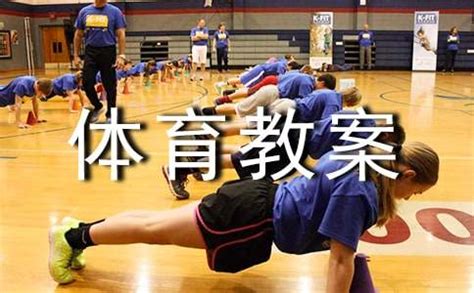体育游戏斗鸡目标
Title: Designing a Comprehensive Sportsmanship Curriculum for Middle School Students
Introduction:
Incorporating sportsmanship into education not only promotes physical wellbeing but also nurtures essential life skills such as teamwork, resilience, and respect. Crafting a curriculum focused on sportsmanship for middle school students requires careful consideration of various aspects to ensure holistic development. This instructional plan aims to provide a structured approach to integrating sportsmanship into physical education through the lens of cockfighting, emphasizing ethical behavior, safety, and the spirit of competition.
Objectives:
1. To instill values of fair play, respect, and integrity among students.

2. To develop students' understanding of responsible animal welfare practices.
3. To enhance students' physical fitness, coordination, and motor skills through engagement in cockfighting activities.
4. To foster teamwork, communication, and leadership skills through collaborative participation in cockfighting tournaments.
5. To ensure the safety and wellbeing of students and animals involved in the program.
Curriculum Outline:
I. Introduction to Cockfighting (2 weeks)
Overview of cockfighting as a traditional sport.
Historical significance and cultural context.
Discussion on ethical considerations and animal welfare principles.
II. Physical Training and Conditioning (4 weeks)
Warmup exercises, stretching routines, and cardiovascular activities.
Skill development in handling and caring for gamecocks.
Techniques for proper stance, footwork, and striking in cockfighting.
III. Sportsmanship and Ethics (3 weeks)
Exploration of sportsmanship values such as integrity, respect, and fairness.
Roleplaying scenarios to simulate ethical dilemmas and decisionmaking.
Guest speakers or experts to share perspectives on responsible cockfighting practices.
IV. Tournament Preparation (4 weeks)
Team formation and selection process.
Practice matches and sparring sessions to refine skills.
Emphasis on teamwork, strategy development, and sportsmanlike conduct.
V. Cockfighting Tournament (2 weeks)
Organize a culminating event where students compete in mock cockfighting tournaments.
Emphasis on adherence to rules, respect for opponents, and graciousness in victory or defeat.
Evaluation and feedback session to reflect on individual and team performances.
VI. Reflection and Community Engagement (2 weeks)
Journaling prompts for students to reflect on their experiences and learning outcomes.
Discussion on the role of sports in promoting social cohesion and community values.
Opportunities for students to volunteer or advocate for animal welfare causes.
Assessment Methods:
1. Performance evaluations based on participation, skill mastery, and adherence to sportsmanship principles.
2. Peer assessments and selfassessments to encourage reflection and accountability.
3. Written assignments or presentations demonstrating understanding of ethical considerations and sportsmanship values.
4. Observation of students' behavior and interactions during training sessions and tournaments.
Conclusion:
By integrating sportsmanship principles into the curriculum through cockfighting, students not only develop physical fitness and technical skills but also cultivate character traits essential for success in both sports and life. This instructional plan emphasizes the importance of ethical conduct, responsible animal welfare practices, and holistic development, ensuring that students emerge as wellrounded individuals capable of contributing positively to their communities.







发布评论